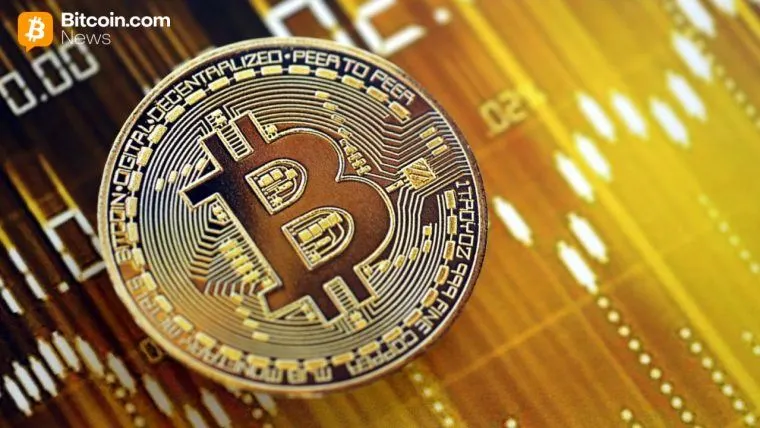Brazil has become a stablecoin hotbed, as citizens are taking advantage of the legal limbo surrounding these assets to avoid paying taxes. Earlier this year, the Brazilian government revamped the Financial Transaction Tax (IOF), almost tripling the levies from 1.1% to 3.5%, affecting the use of payment cards for purchases abroad and purchases of foreign currency.
Since then, cryptocurrency exchanges have been experiencing a relevant rise in their stablecoin trading volumes. These volumes grew 78% from 2024 to this year on Biscoint, a national exchange, according to Valor Economico. The total turnover grew from $9.84 billion to $13.74 billion.
Sarah Uska, a spokesperson for Bitybank, another platform that offers a crypto-backed card, states that usage has been “growing absurdly,” reporting a rise of 36% in stablecoins volumes traded between June and July.
The current Brazilian regulation does not contemplate stablecoins as foreign currency, thus exempting them from the levies associated with other payment tools.
The issue is already being reviewed by the Central Bank of Brazil, which is preparing regulation on stablecoins while acknowledging that the Brazilian Revenue Service (RFB) must solve tax issues.
“This regulation will include, among other topics, the specific conditions and requirements for the use of virtual assets, including those denominated in foreign currency (stablecoins), in international payments,” the bank pointed out.
The enactment of legislation to tax stablecoin payments introduces challenges for both users and regulators. While the latter will have to adapt to these new rules and act in compliance with national laws, the former will have to evaluate the feasibility of such a tax in a dynamic ecosystem like crypto.
Millions could enter into the coffers of the Brazilian treasury, but the unknowns of applying these measures to unhosted wallets and decentralized finance operations raise questions about the feasibility of such a regulation.
Upcoming moves will have to get stablecoins out of the regulatory limbo they are in, but depending on the decisions taken, the central bank risks stifling the current adoption if it fails to balance the interests of all the parties, crypto users included.
Why is stablecoin adoption surging in Brazil?
Citizens are utilizing stablecoins to evade the increased Financial Transaction Tax (IOF), which rose from 1.1% to 3.5% earlier this year.What statistics demonstrate the growth of stablecoin trading in Brazil?
Trading volumes for stablecoins grew by 78% from 2024 to this year, with total turnover on Biscoint rising from $9.84 billion to $13.74 billion.How is the Central Bank of Brazil responding to the rise in stablecoin usage?
The Central Bank is preparing regulations to address stablecoins and their use in international payments, recognizing the need for clarity in tax treatment.What challenges could arise from new stablecoin regulations?
Legislation taxing stablecoin transactions may complicate compliance for users and regulators, potentially impacting further adoption if not balanced effectively.
免责声明:本文章仅代表作者个人观点,不代表本平台的立场和观点。本文章仅供信息分享,不构成对任何人的任何投资建议。用户与作者之间的任何争议,与本平台无关。如网页中刊载的文章或图片涉及侵权,请提供相关的权利证明和身份证明发送邮件到support@aicoin.com,本平台相关工作人员将会进行核查。



